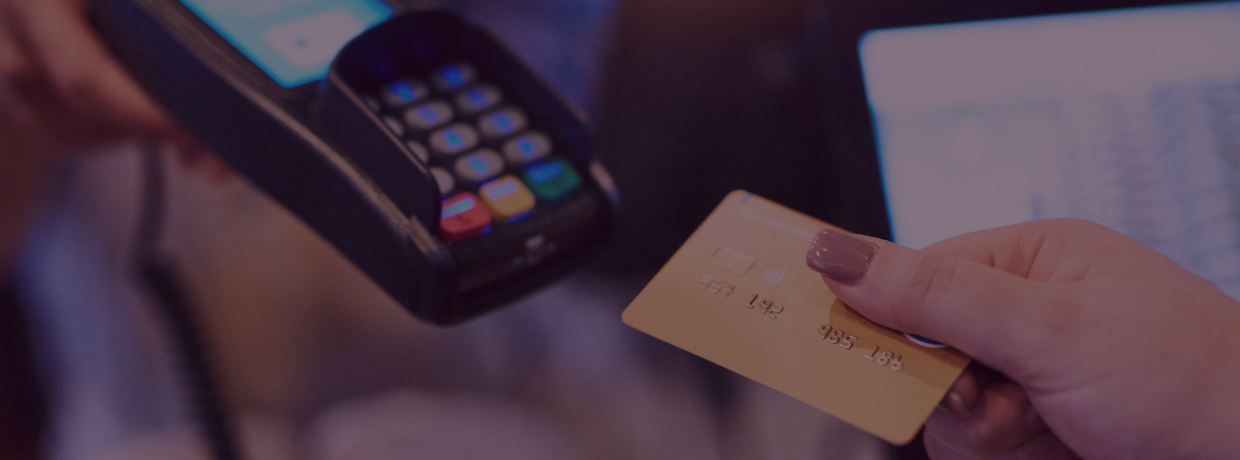
Subscribe to our newsletter!
We don't spam. You will only receive relevant and important tips for you and your business.
Unsubscribe anytime.
By Jacquie
Attention all home service business owners: Are you ready to take your customer satisfaction to the next level and boost your sales? If so, it's time to master the art of upselling, downselling, and cross-selling.

These powerful sales techniques go beyond just offering your services, they help you understand and cater to the unique needs of each customer. By carefully considering what they're looking for, you can offer them additional or complementary products or services that not only enhance their experience but also increase their trust in you and your company.
Curious to learn more about these strategies and how you can apply them in your business? Keep reading to discover the secrets of successful upselling, downselling, and cross-selling.
Upselling is a sales technique that involves persuading a customer to buy an upgraded or premium version of a product or service for a higher price. The primary goal of upselling is to increase sales and revenue for the business, while also providing a better product or service to the customer. Upselling should only be considered when it aligns with the customer's needs and when it provides a genuine benefit to the customer.
A great example of upselling is a plumbing company offering a more expensive, high-end water filtration system to a customer who is having a simple faucet repair. The plumber could explain the benefits of the upgraded system, such as improved water quality and longer lifespan, and offer it as an option to the customer. By offering an upsell, the plumbing company can increase its sales and provide a better solution to the customer's needs.
Downselling is the exact opposite of upselling and is used when a potential customer declines your original offer. Downselling is used to offer the customer a more budget-friendly product in order to still make a sale.
An example of downselling in a home service business could be a scenario where a customer requests a quote for a high-end, premium home cleaning service. The business owner recognizes that the customer is on a tight budget and instead of losing the sale entirely, offers a more budget-friendly alternative such as a basic cleaning package that still meets the customer's needs but at a lower cost. By offering a downgraded version of the service, the business is able to make a sale and maintain the customer's loyalty, while also providing a solution that fits the customer's budget.
Downselling can create a positive impression on the customer and increase customer satisfaction, leading to repeat business and positive word-of-mouth recommendations. When executed correctly, downselling can be a win-win situation for both the business and the customer, as the customer gets a product or service that meets their needs and budget, and the business makes a sale and builds a positive reputation. It's important for businesses to have a deep understanding of their product line and be able to offer alternative options that still meet the customer's needs, while also being profitable for the business.
Cross-selling is an effective strategy for businesses looking to increase their revenue and provide additional value to their customers. It is important for the seller to understand the customer's needs and interests, and to only suggest related or complementary products that would enhance the customer's experience. For example, a heating and cooling company may offer a discount on future air duct cleaning services to a customer who is getting a new HVAC system installed. This approach provides the customer with a complete solution for their home's comfort and indoor air quality, while also increasing the revenue for the business. Additionally, the heating and cooling company could also recommend air filters, programmable thermostats, or other complementary products to further enhance the customer's experience and improve their indoor air quality. By offering relevant products and services, cross-selling can help businesses to build long-term relationships with their customers and create a positive reputation in the area.

Upselling, downselling, and cross-selling are valuable tools for home service business owners looking to increase sales and customer satisfaction. Whether you are offering an upgraded version of a product, a more budget-friendly alternative, or a complementary product, these strategies can help you understand your customers better and provide them with tailored solutions that meet their unique needs. By approaching these techniques in a transparent and customer-centric manner, you can build trust with your customers and establish long-term relationships that will drive repeat business and positive word-of-mouth recommendations. Don't miss out on the opportunity to take your business to the next level. Start using these sales techniques today and see the results for yourself.
Let's take your business to new heights - together!